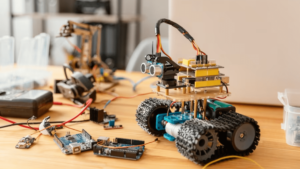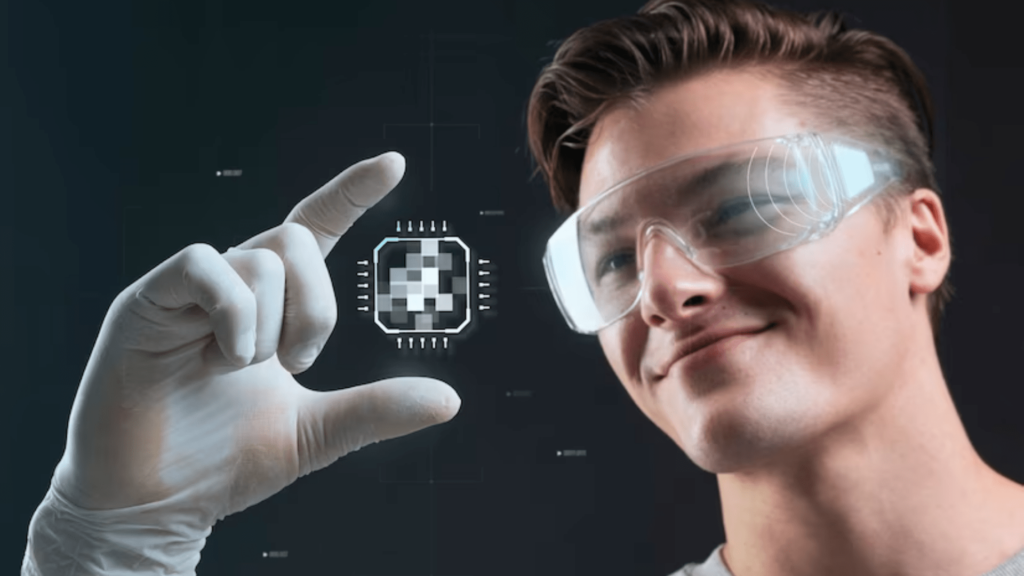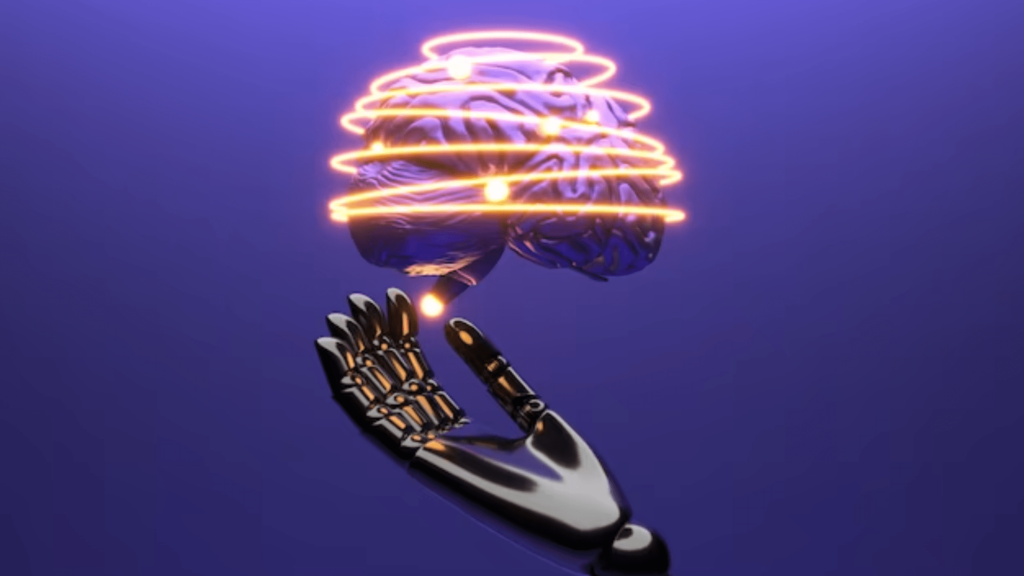Artificial Intelligence (AI) is a powerful technology that is transforming the way we live, work, and interact with the world around us. From voice-activated personal assistants to self-driving cars, AI is being used in many different ways to solve complex problems and make our lives easier. In this article, we will take a closer look at what is Artificial Intelligence (AI), how it works, and the different subfields of AI that exist.
What is Artificial Intelligence?

Artificial Intelligence refers to the development of computer systems that can perform tasks that would normally require human intelligence. In other words, AI enables machines to learn, reason, and make decisions in a way that mimics human thinking. The key aspect of AI is that it involves the use of algorithms and statistical models to analyze and interpret data.
How Does Artificial Intelligence Work?

Artificial Intelligence works by using a combination of machine learning algorithms and deep learning neural networks to analyze and interpret data. These algorithms are designed to identify patterns and relationships within the data, which can then be used to make predictions or decisions.
You May Like: How to protect your mobile phone from hackers
Machine Learning

Machine learning is a subfield of AI that focuses on teaching machines to learn from data without being explicitly programmed. Machine learning algorithms can be divided into two main categories: supervised learning and unsupervised learning.
Supervised learning algorithms are trained on labeled data, which means that the correct output is provided along with the input data. The algorithm then uses this data to learn how to make predictions for new, unlabeled data.
Unsupervised learning algorithms are trained on unlabeled data, which means that the algorithm has to identify patterns and relationships in the data on its own. This type of learning is often used in clustering and anomaly detection.
Deep Learning

Deep learning is a subfield of machine learning that uses neural networks to learn from data. Neural networks are designed to simulate the way the human brain works, with layers of interconnected nodes that process information.
Deep learning algorithms can be used for a variety of tasks, such as image recognition, natural language processing, and speech recognition. They are particularly useful for tasks that require a high level of accuracy and precision.
You May Like: 5G mobile phones what do you need to know?
Subfields of Artificial Intelligence:

There are several subfields of AI that focus on specific areas of research and application. Some of these subfields include:
- Natural Language Processing (NLP): NLP involves the development of algorithms and models that enable machines to understand and interpret human language. This subfield is used in applications such as chatbots, voice assistants, and sentiment analysis.
- Computer Vision: Computer vision involves the development of algorithms and models that enable machines to interpret and analyze visual data. This subfield is used in applications such as facial recognition, object detection, and self-driving cars.
- Robotics: Robotics involves the development of machines that can perform physical tasks in the real world. This subfield is used in applications such as manufacturing, healthcare, and agriculture.
Applications of Artificial Intelligence:

Artificial Intelligence has a wide range of applications in many different industries. Some of the most common applications of AI include:
- Healthcare: AI is being used to develop personalized treatments, predict disease outbreaks, and analyze medical images.
- Finance: AI is being used to detect fraud, optimize investment portfolios, and develop trading algorithms.
- Retail: AI is being used to improve customer experience, optimize supply chain operations, and develop personalized marketing campaigns.
- Transportation: AI is being used to develop self-driving cars, optimize traffic flow, and improve logistics operations.
Conclusion
Artificial Intelligence is a rapidly growing field that has the potential to revolutionize the way we live and work. By enabling machines to learn, reason, and make decisions, AI is providing solutions to complex problems that were once thought impossible. With continued advancements in technology and research, AI is poised to become an even more integral part of our daily lives.
In summary, we have provided an overview of what Artificial Intelligence is and how it works. We have discussed the subfields of AI and highlighted some of the most common applications of this technology. With its vast potential, it is clear that AI will continue to play a major role in shaping the future of society. By understanding the fundamentals of AI, we can better appreciate the challenges and opportunities that lie ahead.
Also Read: How to choose a good Wi-Fi router?
FAQs about Artificial Intelligence
What are the challenges and opportunities of Artificial Intelligence?
Artificial Intelligence presents both challenges and opportunities. One of the biggest challenges is ensuring that AI is used ethically and responsibly. There is also the challenge of ensuring that AI systems are transparent and explainable. However, AI also presents many opportunities, such as improved efficiency, personalized experiences, and better decision-making.
Is Artificial Intelligence replacing human jobs?
AI has the potential to automate many tasks that were once performed by humans. However, it is unlikely that AI will replace all human jobs. Instead, it is more likely that AI will augment human capabilities and create new job opportunities.
Can Artificial Intelligence be biased?
Yes, AI can be biased if it is trained on biased data or if the algorithms are designed in a biased way. This is a significant concern, as biased AI systems can perpetuate and even amplify existing inequalities.
How can Artificial Intelligence be made more ethical?
There are several ways to make AI more ethical. One approach is to ensure that AI is designed to align with ethical principles and values, such as fairness, accountability, and transparency. Another approach is to involve diverse stakeholders in the development and deployment of AI systems.
What is the future of Artificial Intelligence?
The future of AI is exciting and filled with potential. As AI continues to evolve and improve, it will likely become even more integrated into our daily lives. This will bring both challenges and opportunities, but ultimately, AI has the potential to revolutionize the way we live and work.




